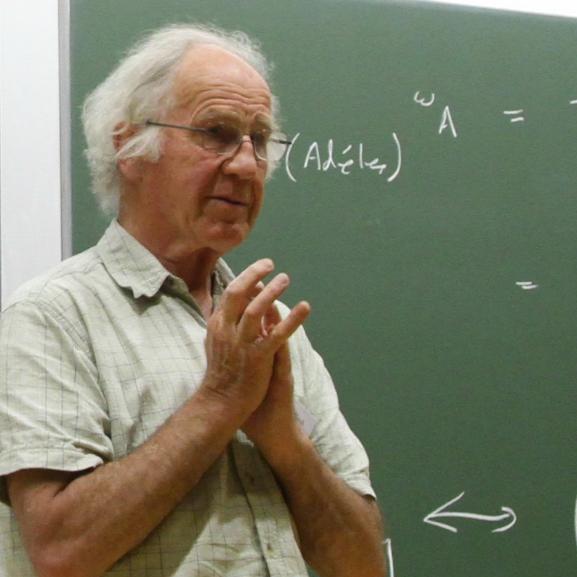After writing his thesis under the supervision of Ian Cassels, Bryan Birch followed Harold Davenport in applying analytic methods to prove results about the zeros of rational polynomials in many variables. For instance, if such a polynomial of odd degree has enough variables, it will certainly have a rational zero.
He is best known for his share in formulating the Birch and Swinnerton-Dyer conjecture. This relates the Mordell–Weil group of rational points of an elliptic curve, E, defined over the rationals to the behaviour of the L-function of E near its critical point. (The conjecture is one of the Clay Millennium Problems.)
Bryan’s rediscovery of Heegner points has enabled others to (nearly) prove the conjecture when the Mordell–Weil rank is 0 or 1, although it has not yet been fully solved. The conjecture has encouraged major advances in the theory, which has surprisingly important applications to information security. In 2012, Bryan was awarded the De Morgan Medal of the London Mathematical Society.
Professional position
- Emeritus Professor of Arithmetic, Mathematical Institute, University of Oxford
Subject groups
-
Mathematics
Pure mathematics
Awards
-
Sylvester Medal
His work has played a major role in driving the theory of elliptic curves, through the Birch-Swinnerton-Dyer conjecture and the theory of Heegner points.

